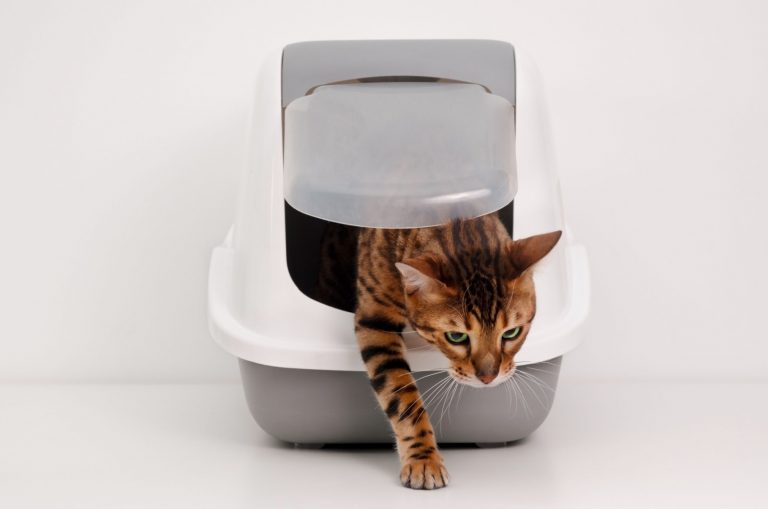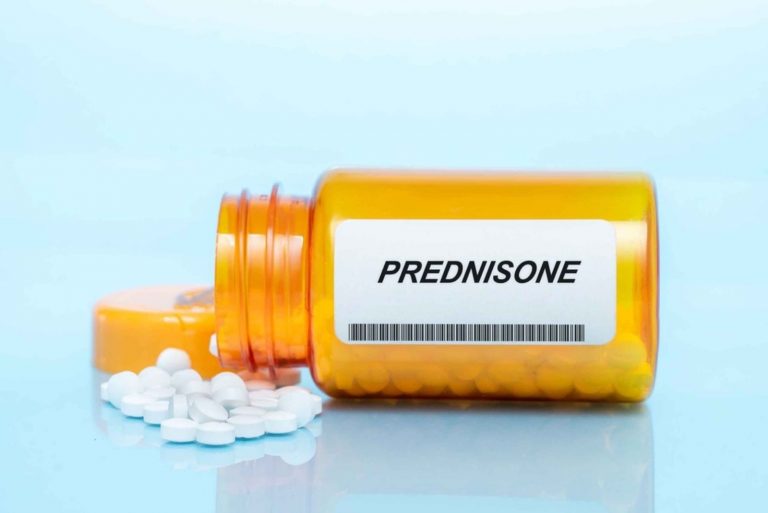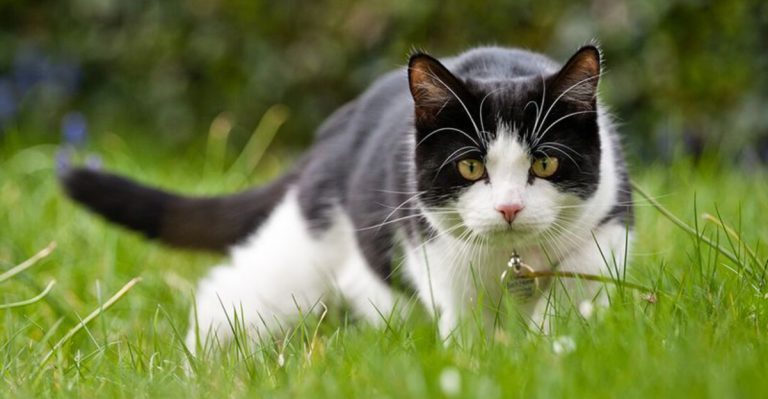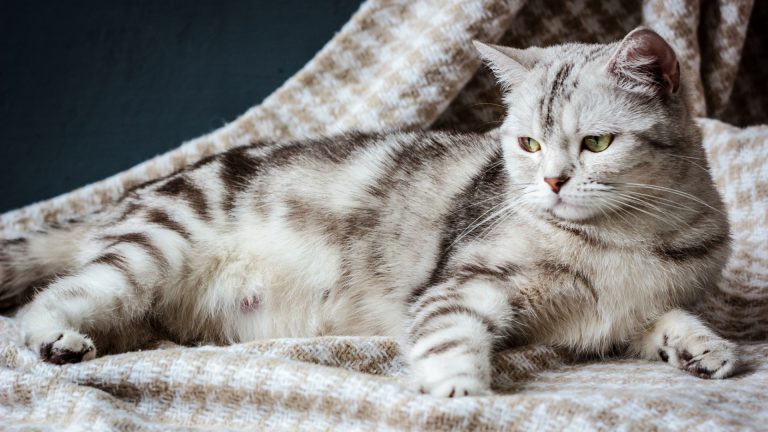Think Your Home Is Cat-Safe? These 15 Hazards Might Prove You Wrong
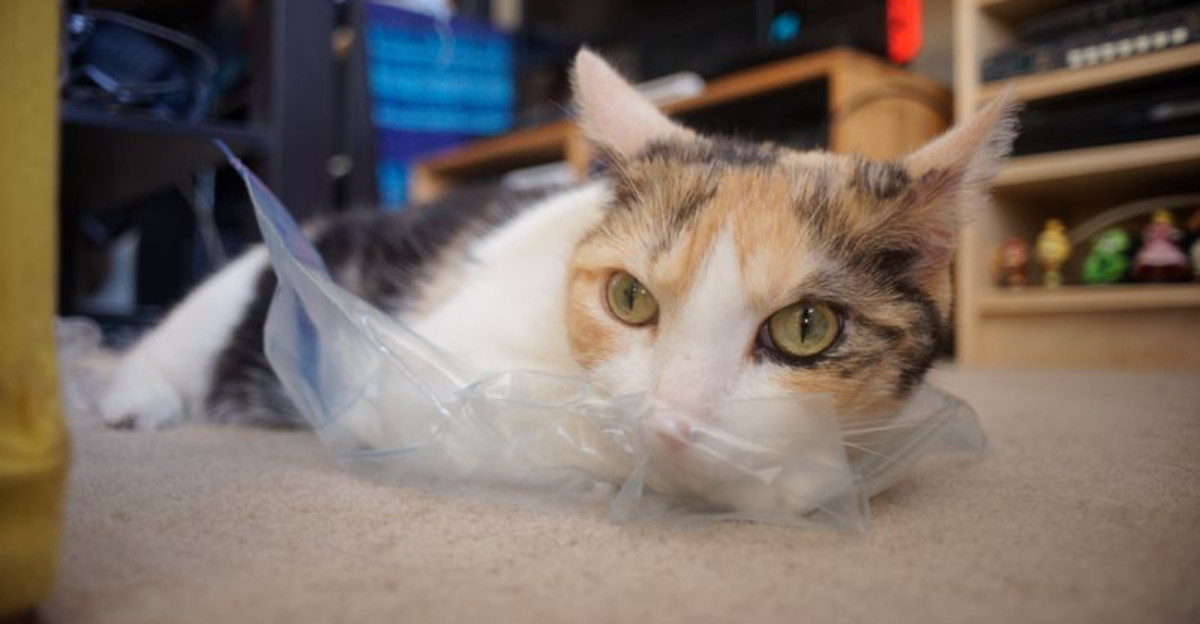
You’ve cat-proofed your home, or so you think. Most cat parents are surprised to learn that many everyday items lurking around their homes can pose serious threats to their feline friends.
From common houseplants to ordinary household items, these hidden dangers could be putting your kitty at risk right now.
1. Lilies And Other Toxic Plants

Every part of a lily plant is lethal to cats – even the pollen or water from the vase. Just one nibble can cause kidney failure within 36-72 hours.
Many other common houseplants like philodendrons, pothos, and peace lilies are also toxic. Keep these plants completely out of reach or opt for cat-friendly alternatives like spider plants.
2. Essential Oils And Diffusers

Your relaxing aromatherapy session could be a nightmare for your cat. Their bodies lack certain liver enzymes to process these concentrated compounds.
Even passive diffusion can cause drooling, vomiting, respiratory distress, or neurological symptoms. Keep diffusers out of cat-accessible rooms and store oil bottles securely away from curious paws.
3. String, Yarn, And Thread
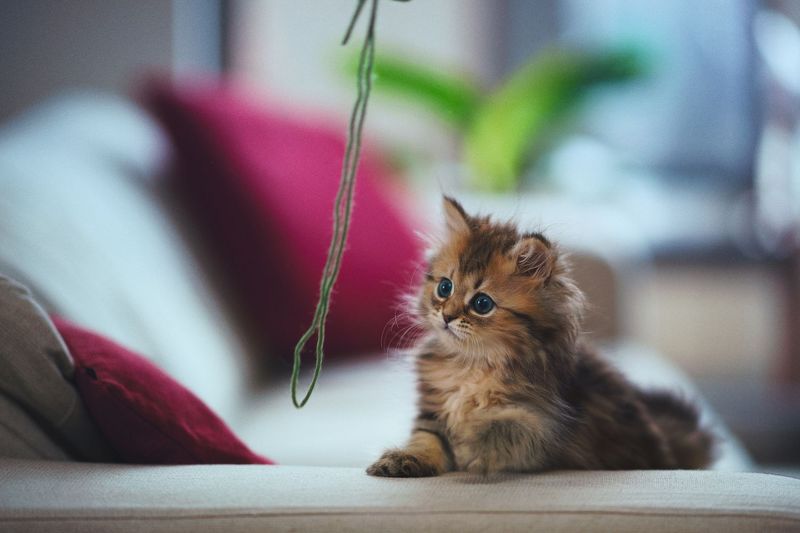
That adorable image of a kitten playing with yarn? Actually a serious hazard. When swallowed, string-like objects can bunch up in the intestines or saw through delicate tissues.
This “linear foreign body” often requires emergency surgery. Store crafting supplies in closed containers and offer specially designed cat toys instead of household items.
4. Household Cleaners
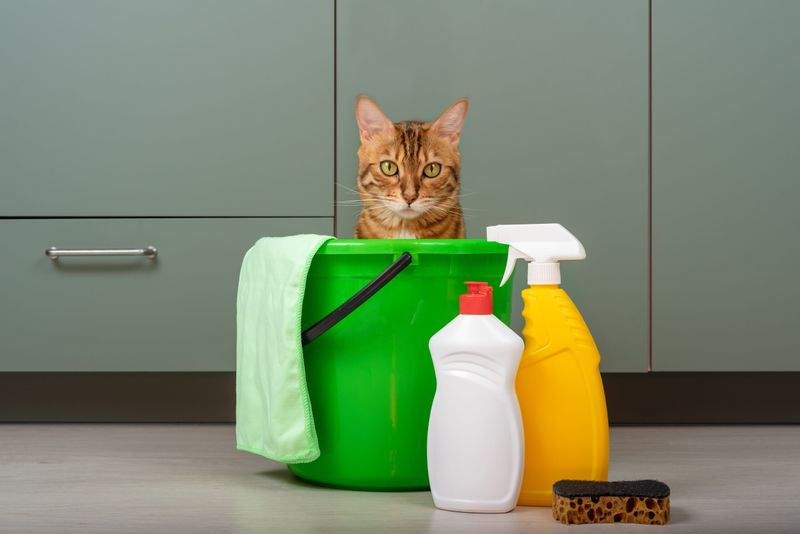
Residue from cleaning products can transfer to your cat’s paws during their daily explorations. When they groom themselves, they ingest these chemicals.
Phenols found in pine-scented cleaners are particularly toxic to cats. Allow surfaces to dry completely before letting cats access them, and consider switching to pet-safe cleaning alternatives.
5. Rodent Poison And Insect Traps
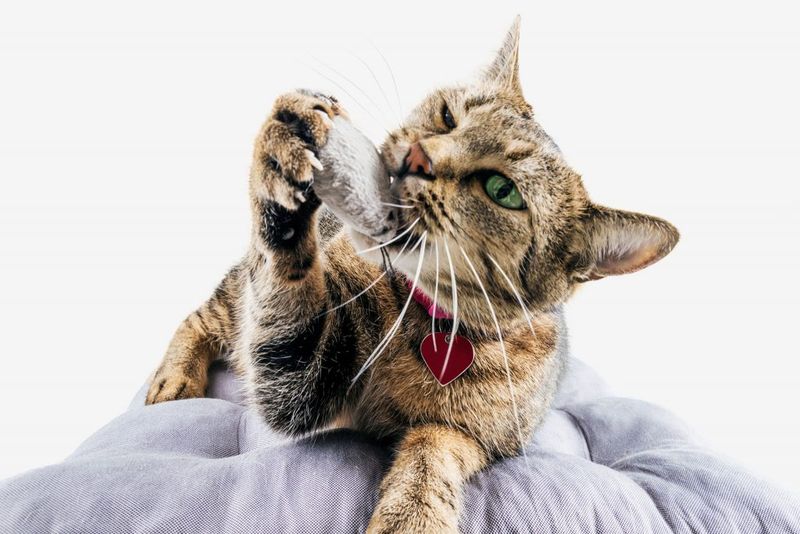
Rodenticides are designed to be appetizing – unfortunately, cats find them tasty too. Secondary poisoning occurs when cats catch and eat poisoned rodents.
Symptoms may not appear for days, making diagnosis difficult. Choose mechanical traps placed where only pests can access them, or better yet, consult with pet-safe pest control services.
6. Electrical Cords
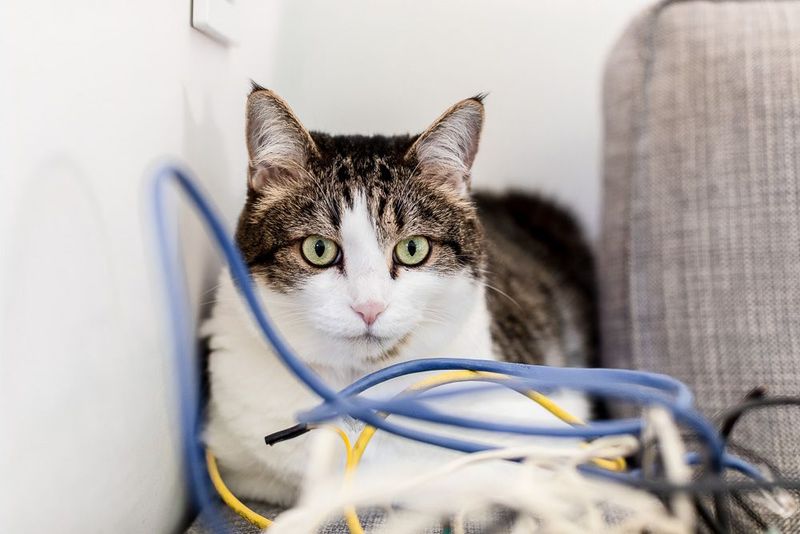
Dangling cords practically beg to be batted and chewed by playful cats. One bite can cause electrical burns to the mouth or even fatal electrocution.
Young kittens and bored cats are especially prone to this dangerous behavior. Bundle cords with protective covers, secure them against walls, or coat them with pet-safe bitter sprays to discourage chewing.
7. Open Windows Without Screens
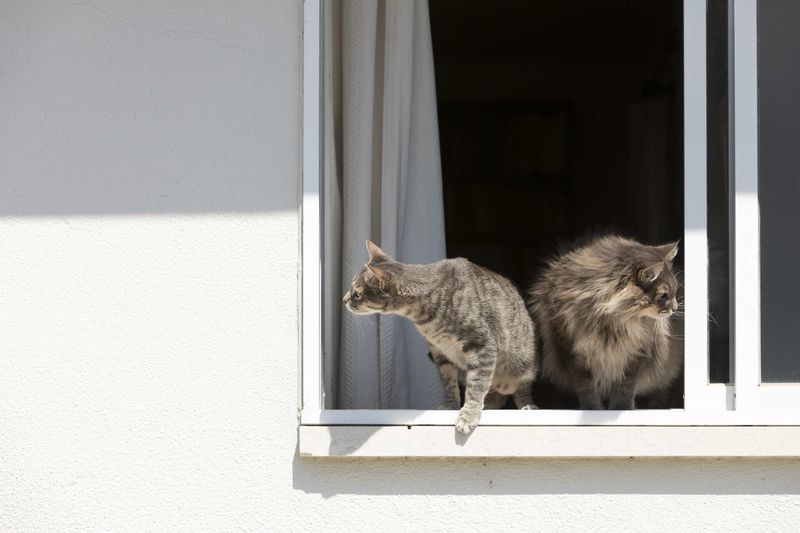
Cats don’t always land on their feet, especially from significant heights. High-rise syndrome occurs when cats fall from two or more stories up.
The urban myth that cats always survive falls is dangerously false. Install secure screens on all windows, and keep balcony doors closed when you’re not directly supervising your curious feline.
8. Human Medications
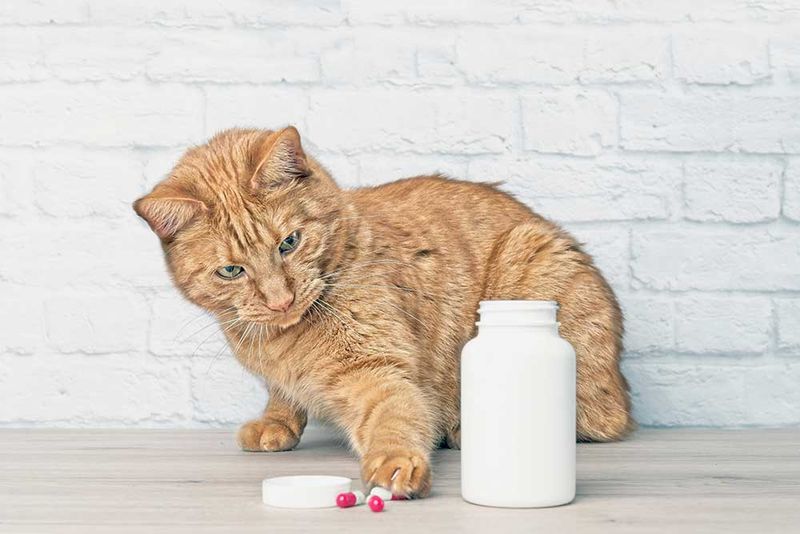
A single Tylenol tablet can be fatal to a cat due to their unique metabolism. Antidepressants, sleep aids, and cold medicines are equally dangerous.
Cats may be attracted to pills dropped on the floor or left on nightstands. Store all medications in secure cabinets, and immediately pick up any dropped pills before your cat discovers them.
9. Chocolate And Caffeinated Foods
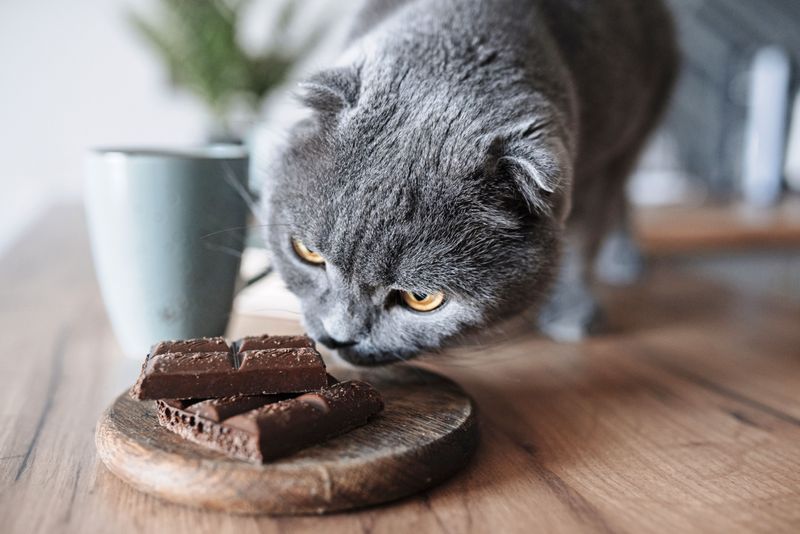
While most cats won’t seek out sweets, the smell of milk in chocolate might entice them. The darker the chocolate, the more dangerous it is.
Caffeine in coffee, tea, and energy drinks can cause rapid breathing, heart palpitations, and seizures. Keep these treats locked away and clean up spills immediately to protect your curious companion.
10. Raw Dough
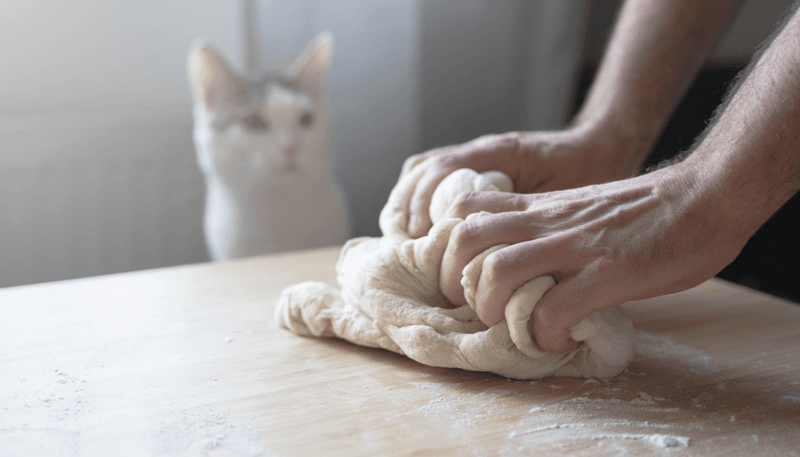
Unbaked bread dough contains live yeast that continues to expand in your cat’s warm stomach. This can cause painful bloating or even rupture of the digestive tract.
Additionally, the fermentation process produces alcohol, leading to ethanol poisoning. Keep rising dough covered and in areas your cat cannot access while you’re baking.
11. Toxic Foods Like Onions And Garlic
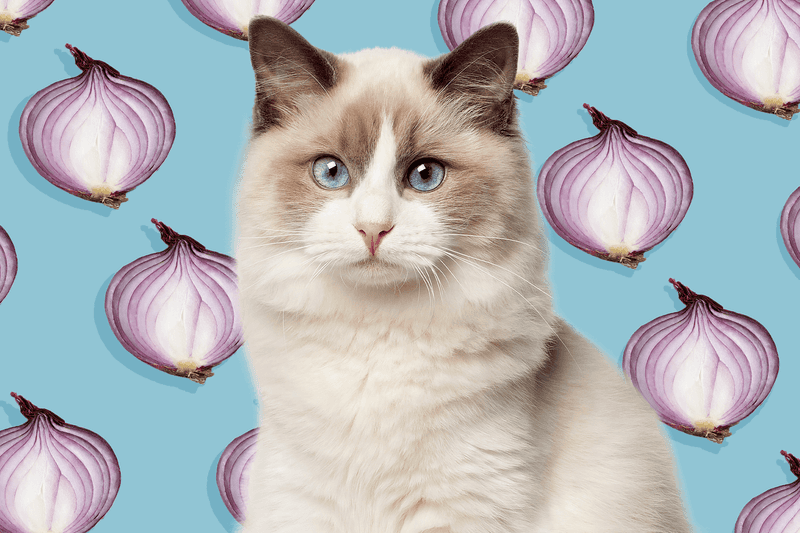
Members of the allium family destroy red blood cells in cats, leading to a dangerous form of anemia. Even small amounts in broths, baby foods, or table scraps can accumulate to toxic levels.
Symptoms may take days to appear, making the connection difficult to spot. Never share foods containing these ingredients with your feline friend, no matter how much they beg.
12. Plastic Bags And Packaging
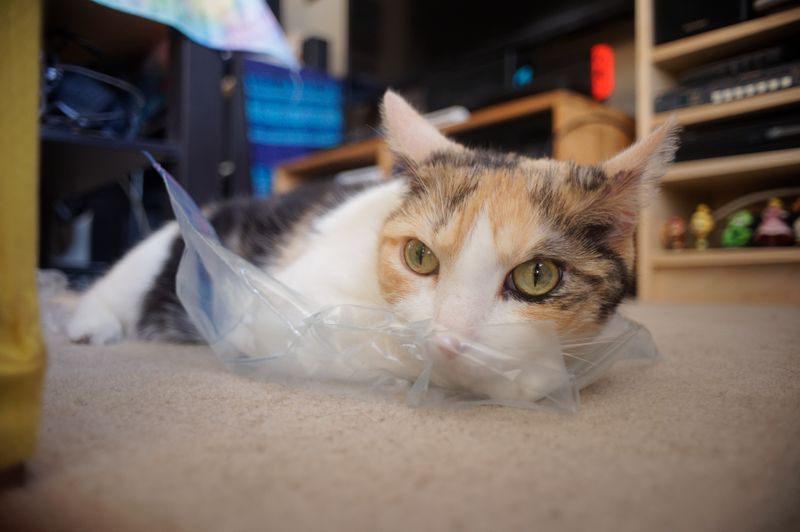
Many cats are oddly attracted to plastic bags – chewing, licking, or crawling inside them. Thin plastic can cause suffocation if a cat gets their head stuck while exploring.
Ingested pieces can create intestinal blockages requiring surgery. Store shopping bags out of reach, and cut handles of any bags before disposal to prevent accidental strangulation.
13. Scented Candles And Air Fresheners
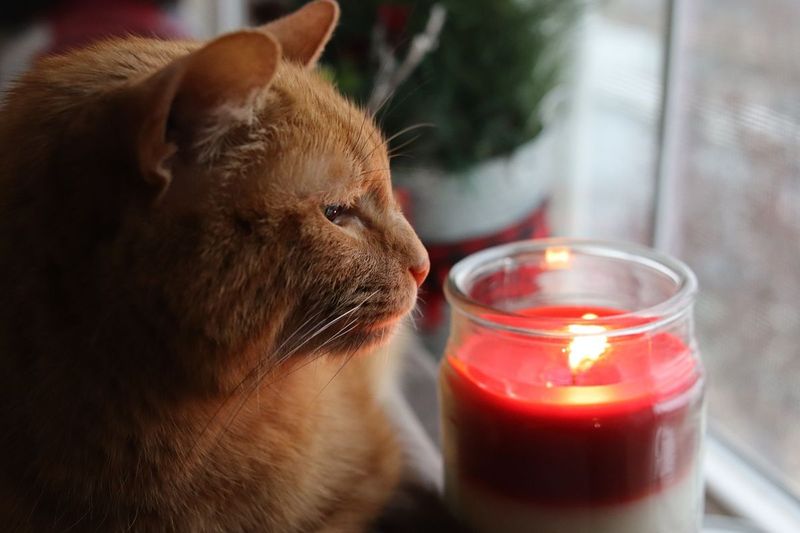
Cats have extremely sensitive respiratory systems that can be irritated by artificial fragrances. Paraffin candles release potentially harmful soot and chemicals when burned.
Open flames also pose obvious fire hazards with curious or clumsy cats around. Consider switching to unscented alternatives or natural options like beeswax candles for a safer home environment.
14. Hair Ties And Rubber Bands
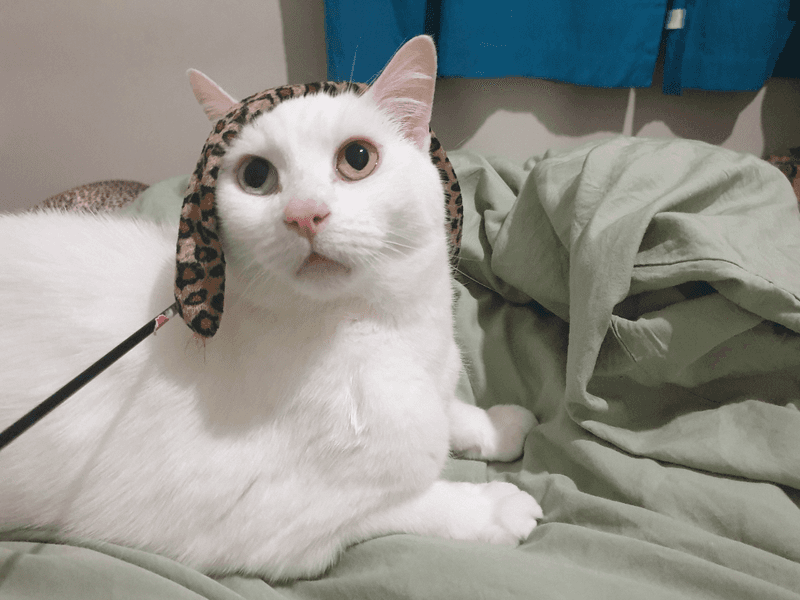
Something about these small elastic objects drives cats wild with playful desire. Their springy nature makes them irresistible toys that often end up swallowed.
Once ingested, they can wrap around intestinal tissue, causing severe damage. Store these items in closed drawers or containers, and provide appropriate cat toys instead.
15. Toilet Lids Left Open
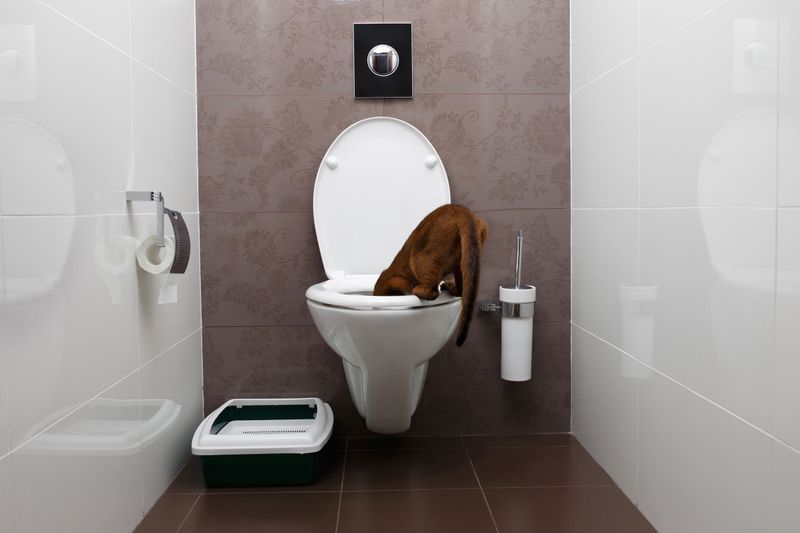
Small kittens can easily fall into open toilets and struggle to climb out, risking drowning. Toilet bowl cleaners and fresheners add another layer of danger through toxic chemicals.
Some cats develop habits of drinking from toilets, exposing them to harmful bacteria. Make a household rule to always close the lid after use to prevent these unnecessary risks.



